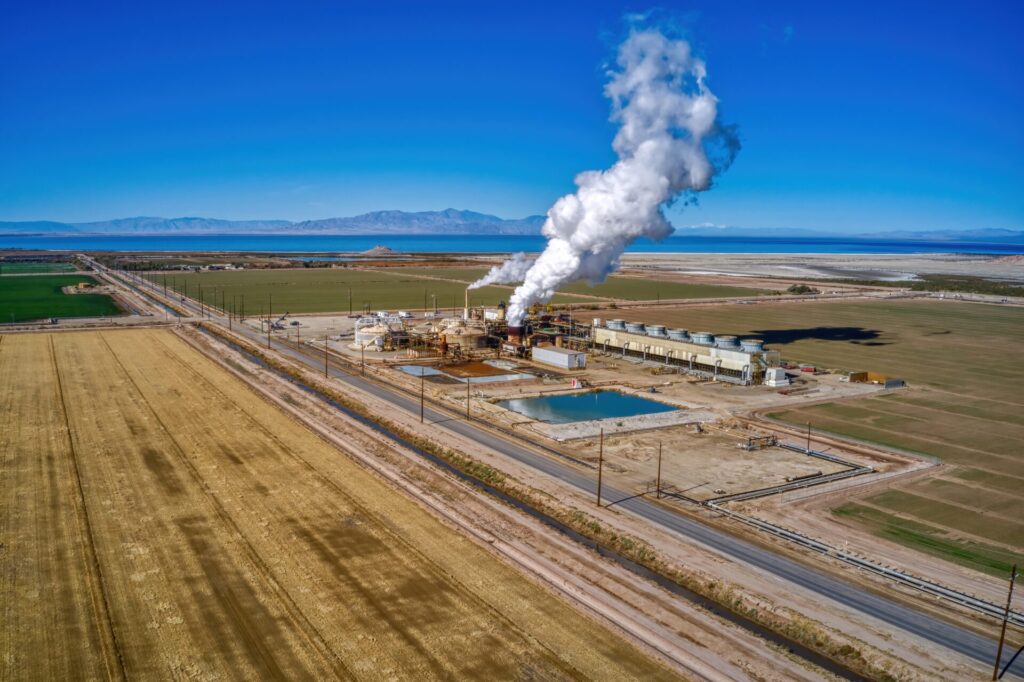A recently published report submitted to the US Department of Energy by Lawrence Berkeley National Laboratory marks the first time researches have determined a quantifiable estimate of how much lithium may be present underground in the Salton Sea area. The report estimates that the area likely contains around 18 million metric tons of lithium carbonate, enough for 375 million electric vehicle batteries. Researchers arrived at this number by basing their estimations off of the portion of the reservoir that has already been drilled out, and then extrapolating what potentially exists in the rest of the reservoir.
According to a press release by the US Department of Energy, that amount of lithium could “enable the United States to meet or exceed global lithium demand for decades.” Michael McKibben, a geochemistry professor at UC Riverside and one of 22 authors of the report, stated the Salton Sea area is now considered to be one of the largest deposits of lithium in the world.
The extraction of the lithium from the underground geothermal reserve also comes with the added benefit of geothermal electricity production. The Salton Sea Geothermal Resource Area currently has about 400 megawatts of geothermal electricity generation capacity installed and is estimated to have the potential for up to 2,950 megawatts.
